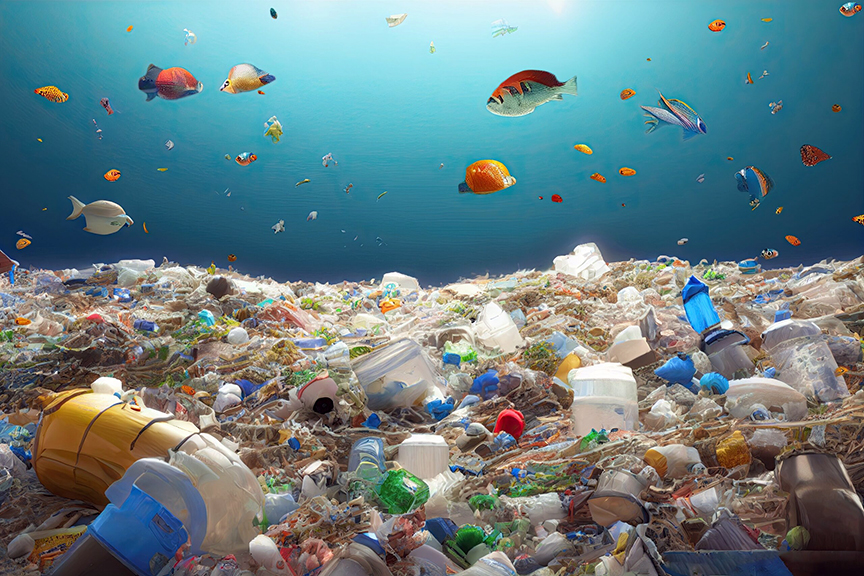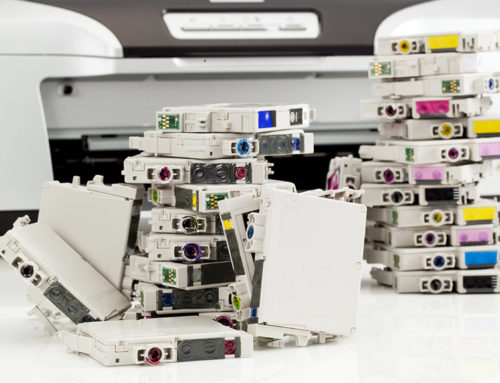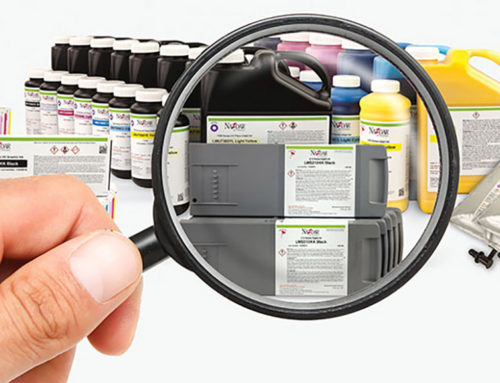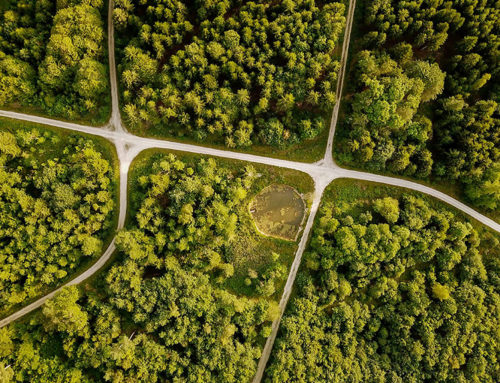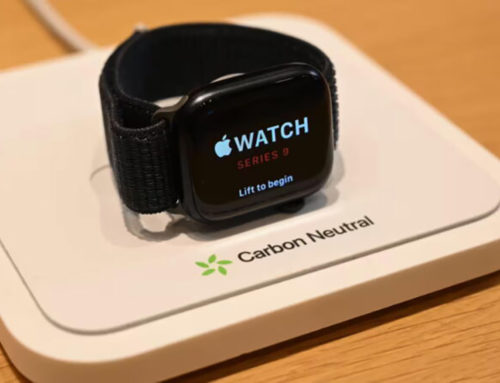Imagine an area twice the size of Texas filled not with pristine waters but with floating debris, much of it plastic. This colossal accumulation of marine litter is known as the Great Pacific Garbage Patch, and it’s a stark reminder of the global plastic pollution crisis. In this article, we will delve into what the Great Pacific Garbage Patch is, how it was formed, and what consumers like us can do to combat this ecological menace.
The Great Pacific Garbage Patch Unveiled
The Great Pacific Garbage Patch, often referred to as the GPGP, is a massive area of concentrated marine debris located in the North Pacific Ocean. It consists mainly of plastics, ranging from tiny microplastics to larger objects like fishing nets and bottles. This sprawling plastic soup is a harsh testament to humanity’s impact on the environment.
The Making of a Monstrous Mess
- Accumulation Over Time: The formation of the GPGP can be attributed to a culmination of various factors, primarily the accumulation of plastic waste in the ocean over many decades. Plastics take centuries to degrade, and improper disposal and plastic production have led to an overwhelming presence of these materials in our oceans.
- Ocean Gyres: Ocean currents play a significant role in gathering marine debris into concentrated areas. The GPGP is situated within the North Pacific Subtropical Gyre, where the rotation of currents traps floating plastics and gradually draws them into this colossal garbage patch.
Consumer-Led Solutions: A Path to Progress
While the Great Pacific Garbage Patch is a daunting problem, consumers have the power to contribute to its solution. Here’s how:
- Reduce Single-Use Plastics: One of the most effective ways to combat plastic pollution is by reducing our reliance on single-use plastics. Bring reusable bags, bottles, and containers when you go shopping, and choose products with minimal plastic packaging.
- Responsible Recycling: Properly recycle all plastics, ensuring they end up in the appropriate recycling stream. Educate yourself on local recycling guidelines to maximize the effectiveness of your recycling efforts.
- Support Plastic-Free Initiatives: Many organizations and businesses are working towards reducing plastic waste. Support these initiatives by purchasing from companies that prioritize eco-friendly packaging and practices.
- Participate in Beach Clean-Ups: Get involved in local beach clean-up events or organize one in your community. Removing plastics and debris from shorelines can prevent them from entering the ocean.
- Advocate for Change: Engage in discussions about plastic pollution with your friends, family, and community. Encourage local policies and regulations aimed at reducing plastic waste and supporting sustainable alternatives.
The Great Pacific Garbage Patch serves as a stark reminder of our responsibility to protect the planet. It was not created overnight, but rather through decades of careless consumption and disposal of plastics. We’ve learned a lot through the years and we have the power to reverse this devastating trend. By making conscious choices, advocating for change, and supporting plastic-free initiatives, we can collectively turn the tide against plastic pollution and reduce the potential that this level of pollution will continue to grow.

